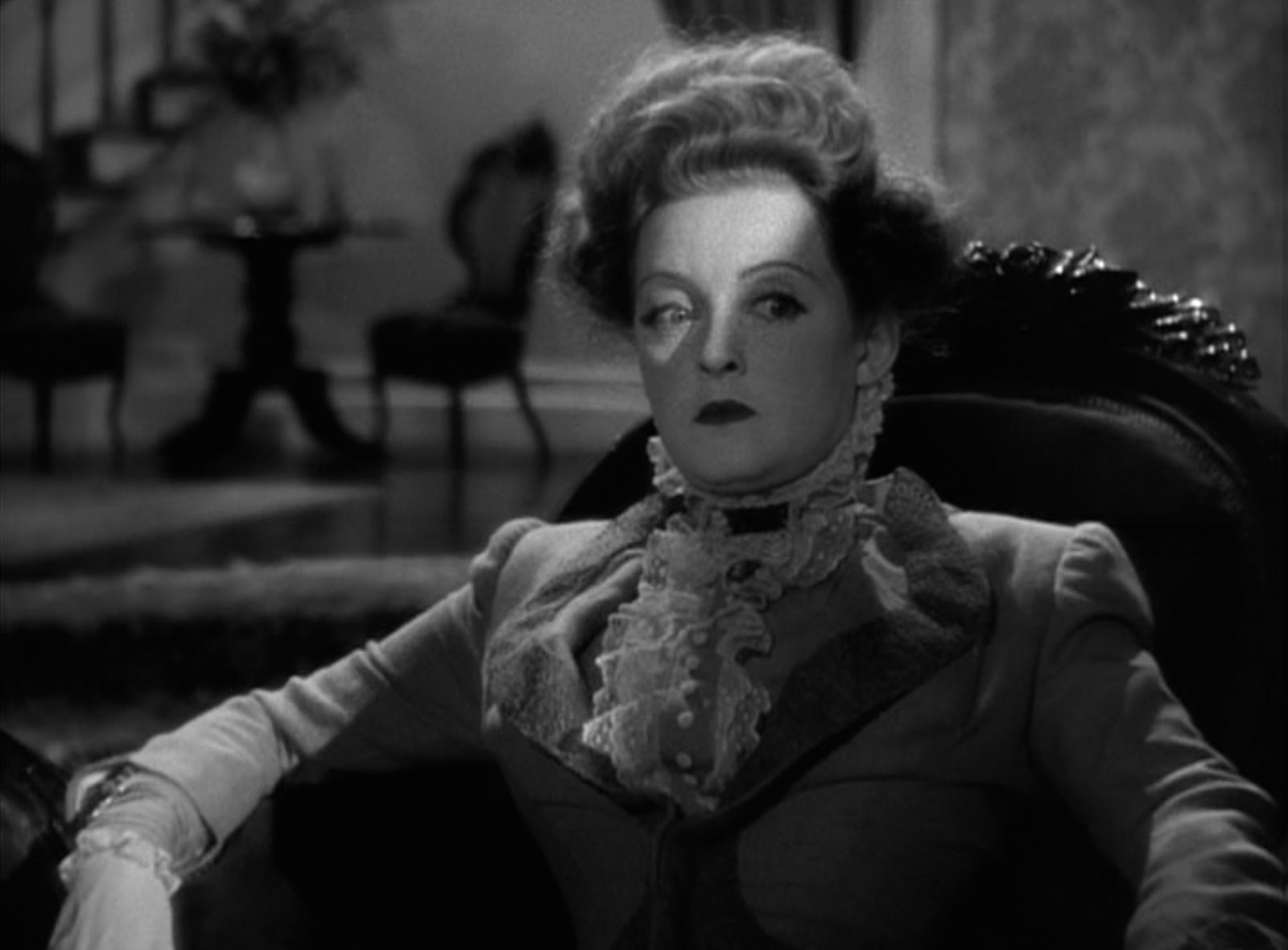
In Alan Parker’s entertaining documentary A Turniphead’s Guide to the British Cinema, as AP pontificates from a screen in a deserted cinema, two usherettes gaze blankly at his image. “Alan Parker… weren’t he the tall thin one that married Greer Garson in RANDOM HARVEST?” And that, for many years, was all I knew of RANDOM HARVEST.
The joke is that Alan Parker does not resemble Ronald Colman, and he thinks it’d be amusing to suggest that he does. Colman is described as tall in RH, but he obviously isn’t. Look at his little arms.
I only got around to the film after being bowled over by HOME BEFORE DARK — I love several of his pre-codes and enjoy later films like GYPSY but it was clearly time to see this one.
James Hilton also wrote the source novel for Lost Horizon which became a good Ronald Colman film… and Goodbye, Mr. Chips which might have made a good Colman movie but instead became a good Robert Donat film. And knight Without Armour which became a less good Robert Donat film. He seems to have kept those two actors fairly busy.

The plot of this one is hokum but handled with taste and flair. It’s based on a form of movie amnesia which does not seem to exist in reality — if you were disabled to the point where “Who am I?” became an accurate description of your condition, you’d be so disabled you couldn’t say it. To this folly is added the further idea that a second knock on the head, or shock or trauma, might RESTORE one’s memory — but would erase all the memories you’d built up between shocks. A form of retrograde amnesia which DOES exist. So at least you could say your amnesia was getting progressively more realistic. Is that good? If I had to have serious condition I might possibly prefer to have the least realistic condition imaginable. It’s the romantic in me.
Ronald Colman is effortlessly romantic, and sympathetic, and his face invites emotion — he seems to have a grip on our mirror neurons in a way other actors can only dream of. The words of Borges echo: “certain sunsets, certain landscapes, certain faces, weathered by time, are trying to tell us something, or are about to tell us something, or have told us something we should not have missed…”



Added to this is Greer Garson because the drama is really about “What if you were a woman who loved a man who lost all memory of you?” And GG is really good in this. She’s an actor who seems to have fallen out of fashion for a long time but may be coming back. The MGM quality film, the white elephant art despised by Manny Farber, has a place in my affections. Something can be, at heart, kitsch, yet still move us.


At two hours plus with an obviously costly Hollywood England setting, this is very much elephantine in intent. We get Greer inventing the mini-kilt in a mock Harry Lauder dance number under a backcloth of Edinburgh Castle, industrial unrest, decadent aristos, a sleepy cottage idyll, a stately home, big city streets, a huge cast of characters. But amid the pageant of “quality” might also be lurking Douglas Sirk’s recipe for popular art — he described it as “trash plus craziness.” Plus soulful actors who can make us take it more or less seriously, even against our better judgement.
As people are supposed popularly to get more conservative as they age (no longer really true, it seems), directors like LeRoy went from making the kind pre-code termite art admired by Farber, to big and bloated QUO VADIS stuff. But while zippy energy and modesty is lost — and I do find that a very attractive quality, sometimes, on certain projects, bloat and waddle are mitigated by sweep and scope.

RANDOM HARVEST stars Bulldog Drummond; Mrs. Miniver; Papa (Lars Hanson); Leah St. Aubyn; Clarence; Admiral Boom; Ralph Norton; Dai Bando; Mrs Gummidge; James Forsyte; Mother York; High Sheriff of Nottingham; Alfred Pennyworth; Claire Lennartz; Lady Beekman; Radlik; Monsieur Taffy; Christopher Pepper; Kane’s father; Reverend Cyril Playfair; and PTO.














 It’s a terrific effect: it not only reveals the intruder in a dramatic and mysterious way, it makes Marshall shrink as he becomes more vulnerable, with Taylor’s positioning making him seem, in a way, gigantic.
It’s a terrific effect: it not only reveals the intruder in a dramatic and mysterious way, it makes Marshall shrink as he becomes more vulnerable, with Taylor’s positioning making him seem, in a way, gigantic.





